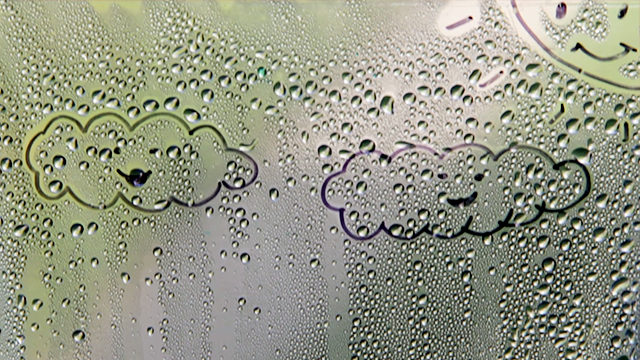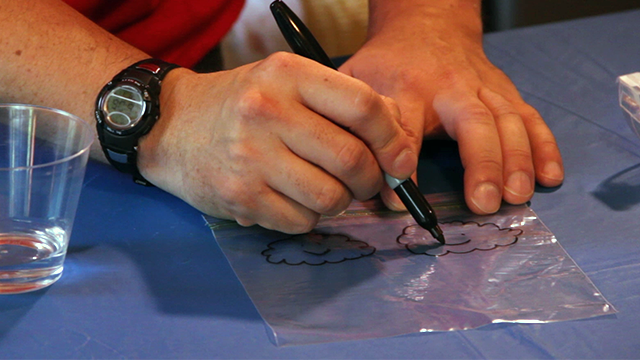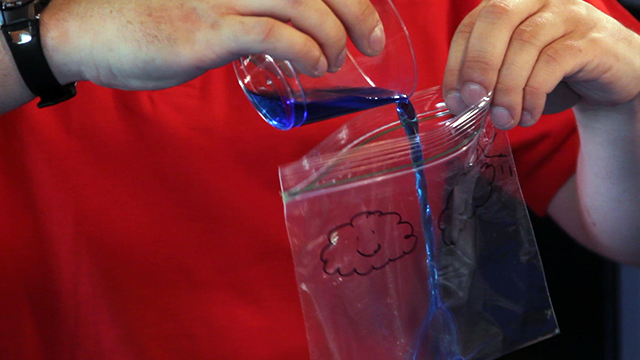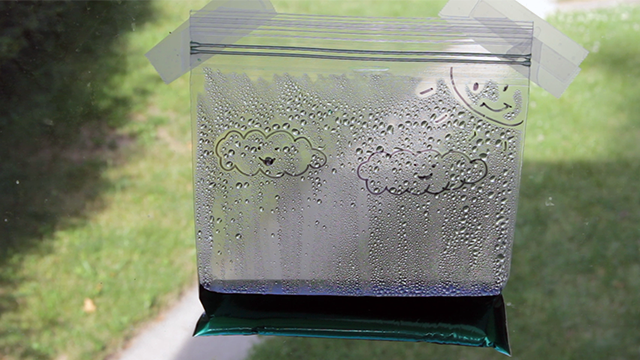Water Cycle Bag
Supplies, instructions, resources, and worksheets are below!
Click through the pictures above.
Project Description
The water cycle, also called the Hydraulic Cycle is the movement of water on the Earth and in it’s atmosphere. In this project, you’ll learn how does the Water Cycle works.
Activity Time
About an hour and a few days of observation.
Supplies Needed
Ziplock plastic bag
Water
Cup
Black Sharpie pen
Blue food coloring
Tape
Sunny window
Investigative Worksheet
NOTE: Adult supervision required when when using water and food coloring
Learning Objectives
Understand how the water cycle works
Understand that water comes in 3 states of matter
Vocabulary Terms to Understand
Look up each word and write their definition on paper.
precipitation
condensation
evaporation
atmosphere
runoff
hydrosphere
transpiration
ocean
groundwater
fresh-water
ice
dew
humidity
Instructional Video
Instructions
1. Print the Investigative Worksheet.
2. Use a black sharpie pen to draw the Sun, clouds, and the ocean as shown in the pictures or instructional video above. The Sun, clouds, and ocean are important for the water cycle.
3. Fill the cup up with enough water to fill the ziplock bag with about an inch of water. Add a few drops of blue food coloring and stir it well.
4. Carefully pour enough of the blue water into the ziplock back so that it has about an inch filled from the bottom.
5. Seal the ziplock bag up tight so that no water can escape.
6. Tape the ziplock bag onto a sunny window as shown in the pictures above.
7. Observe for a few days and record your findings on the Investigative Worksheet. Draw a table on the back of your worksheet to record what happens and when.
Questions
How does the water cycle work?
What is the chemical formula for water?
What stages of matter does water come in?
More Resources
Ducksters: The Water Cycle
The Water Cycle
Kidzone: The Water Cycle
NASA: The Water Cycle
Wikipedia: Water Cycle
Britannica: Water Cycle
Softschools: Water Cycle Facts
Water Cycle Facts for Kids






